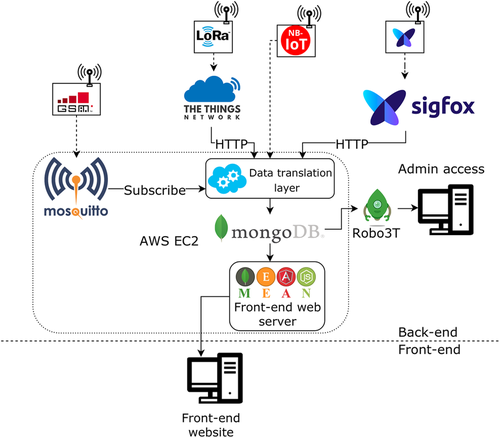The internet of things (IoT) market is rapidly expanding as a result of the substantial demand for smart metering and control, asset tracking, remote monitoring, and several other applications necessary to build the smart cities, farms, and industries (Industry 4.0) of the future. An Ericsson’s IoT market outlook study further estimates that wide-area IoT networks are expected to grow from 400 million devices connected in 2016 to 2.1 billion in 2022 (70% of which will rely on cellular connections).
Research scope
Current studies of IoT communication standards have focused on LoRaWAN, Sigfox, and GPRS. The research conducted by Professor Thinus Booysen, Doctor Lourens Visagie and Mr Thomas Durand of the Department of Electrical and Electronic Engineering, Stellenbosch University and presented in this article provides an overview of three LPWAN technologies: NB-IoT, Sigfox, and LoRaWAN. It then critically evaluates them based on independent comprehensive practical field testing and offers informed recommendations for applications. It differs from other LPWAN research as it directly compares only LoRaWAN, Sigfox, NB-IoT, and GPRS. Moreover, it tests the theoretical performance of these four technologies empirically, to assess them independently and offer informed recommendations for applications for each LPWAN.
Because the legacy network infrastructure is already available, the current standard communication technology being used is GPRS. Except for certain batteries or solar operated mobile devices, GPRS devices tend to be stationary and connected to mains power. Other wireless communication technologies are also available such as Bluetooth Low Energy (BLE), 802.15.4-based Zigbee, and Wi-Fi, although they are typically classified as short-range networks. As the applications of IoT evolve, the focus is shifting to networks that can provide long-range communication to battery-driven devices. For example, low-power wide-area networking (LPWAN) technologies such as Sigfox and LoRaWAN allow applications to broaden IoT’s reach as they offer several advantages over other current communication network technologies. Due to the new and evolving nature of these LPWAN technologies, the scope is limited to comparing only Sigfox, NB-IoT and LoRaWAN with the GPRS standard in terms of range, throughput, power consumption, and scalability.

Conclusion
Competition in the LPWAN space and regional momentum will ensure that the various technologies will continue to develop and improve to support more features and expand the network coverage. Because the technologies all have their own advantages and disadvantages, it is difficult to imagine that one will force all the others out of the market. Rather, it is expected that there will be a selected uptake of each technology in specific application areas. Ultimately, the results of this study show that each technology is better suited to specific applications and their concomitant requirements.
Read the complete research paper: Durand, T.G., Visagie, L. and Booysen, M.J. (2019), Evaluation of next-generation low-power communication technology to replace GSM in IoT applications. IET Communications, 13: 2533-2540.




